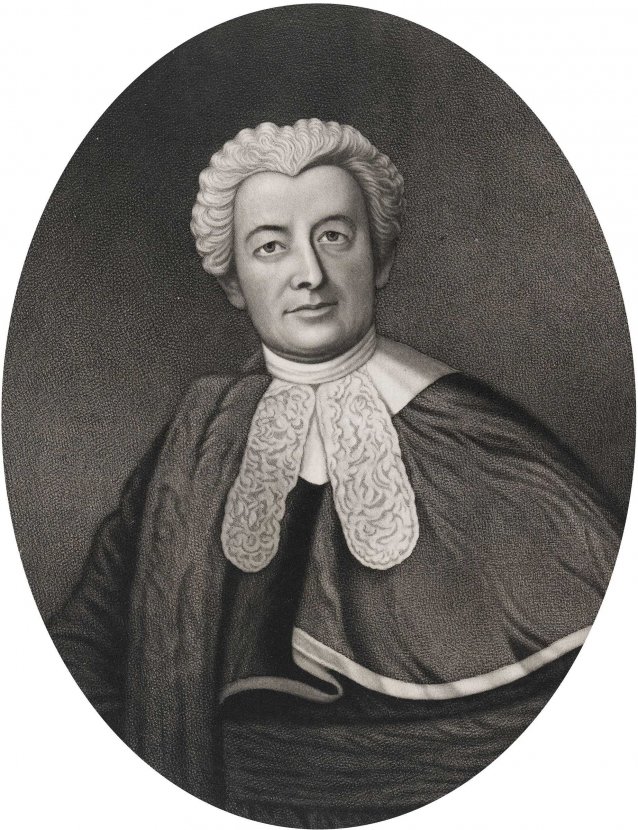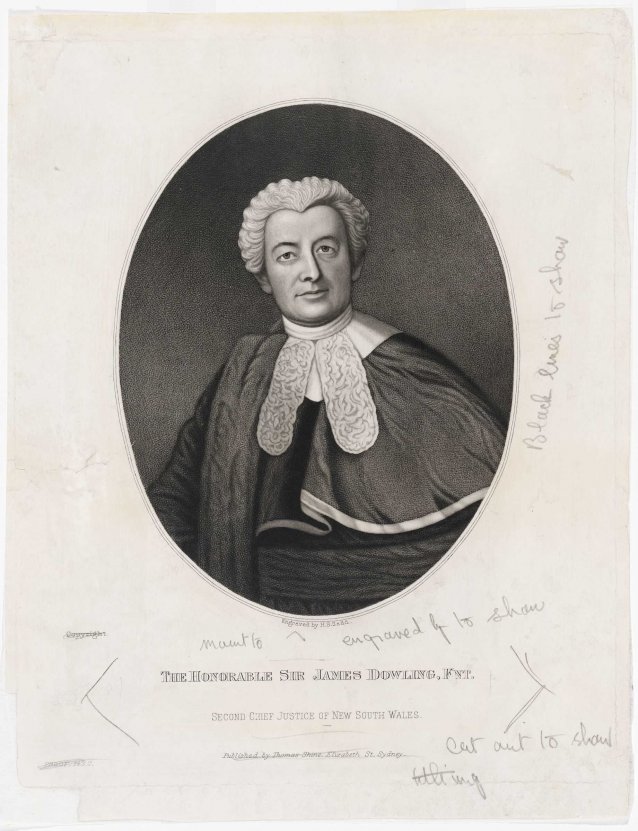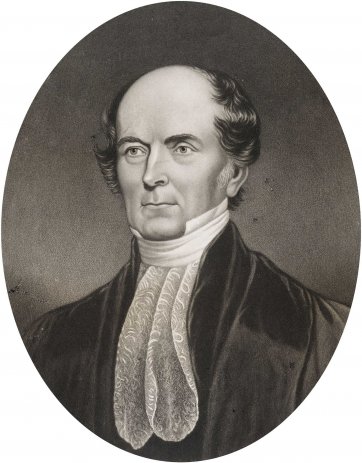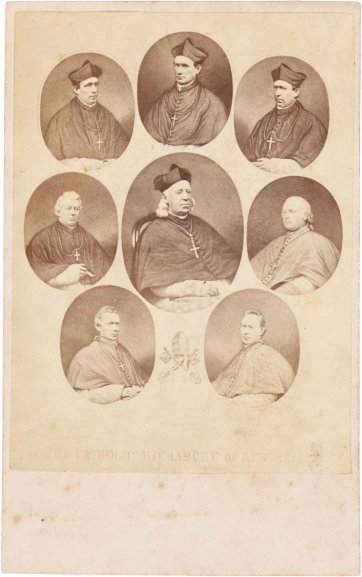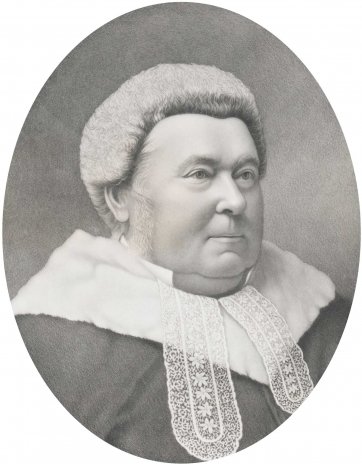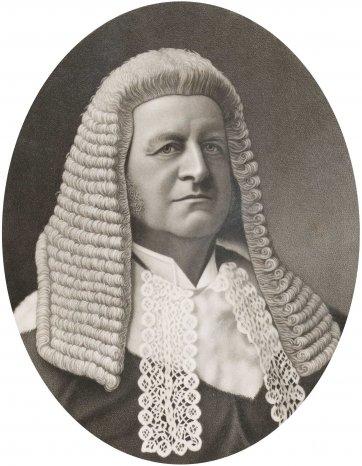Sir James Dowling (1787-1844), judge, worked as a parliamentary reporter before he was called to the Bar in London in May 1815. Twelve years into his legal career, by which time his wife had had ten children, six of whom survived, he applied to the Colonial Office for an appointment 'from a desire of making myself useful to the public, and advancing the private interests and welfare of my numerous family'. Refusing the offer of the post of Chief Justice of Dominica, he arrived at Sydney in the Hooghly with his family in early 1828 and was sworn in as a puisne judge. Soon he received a grant of land on Woolloomooloo Hill and built Brougham Lodge, naming it after his London patron, Lord Brougham. His income, however, was insufficient to his needs throughout his time in the Colony, during which the cost of living rose considerably. His appeals for a pay rise fell on deaf ears in Downing Street, as did those of Forbes and their judicial contemporaries (and pugnacious competitors) William Burton and John Willis. Meanwhile, he was grossly overworked. Before leaving England, Dowling knew that the Colony’s judges, particularly Forbes, had incurred the enmity of Governor Darling. He had hardly taken his seat upon the bench when he was informed by Darling of a direction by the Colonial Office that he was 'to take rank in the Supreme Court next to the Chief Justice'. From September 1835, Forbes was expected to take long leave, and Dowling expected to be appointed acting chief justice; but he was robustly challenged for the post by Burton. During the absence of Forbes in 1836 Dowling became Acting Chief Justice, and after Forbes’s resignation, in mid-1837 he was confirmed as Chief Justice. At this time, he also became a Legislative Councillor, as Forbes had been. He was knighted in 1838. In mid-1844 Dowling collapsed on the bench; before the ship in which he had booked his passage was ready to sail, he died. His second wife’s pension was not approved until 1848. The Mitchell Library has a vast collection of his judgements and meticulous notebooks, which provide an invaluable record of the law applied in the Supreme Court of New South Wales from 1828 to 1844.
Collection: National Portrait Gallery
Purchased 2012
The National Portrait Gallery respects the artistic and intellectual property rights of others. Works of art from the collection are reproduced as per the
Australian Copyright Act 1968 (Cth). The use of images of works from the collection may be restricted under the Act. Requests for a reproduction of a work of art can be made through a
Reproduction request. For further information please contact
NPG Copyright.
